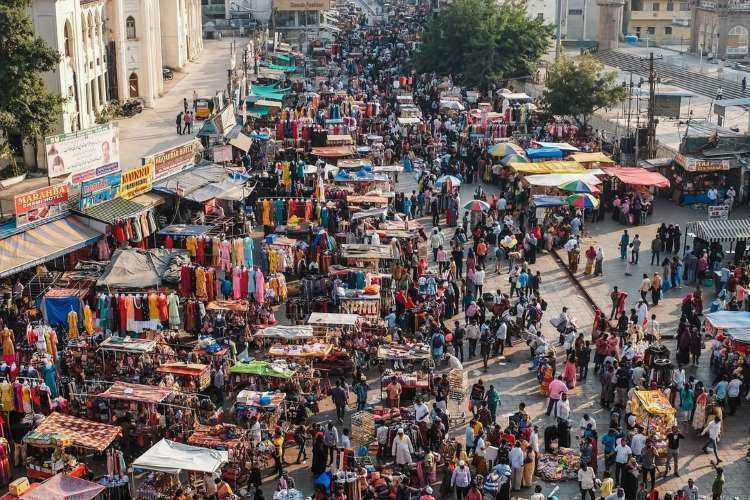Over the last few years, the Indian economy has emerged as one of the fastest-growing large economies in the world amid global economic turmoil. This trend is expected to persist into 2024. The new year is pivotal for India, given the ongoing global tensions and the forthcoming general elections. These factors will significantly influence policy formulation throughout the year.
Economic growth will largely hinge on the government’s management of policy, monsoon rains, and the momentum of private investments. Growth is anticipated to be fuelled by increasing demand, moderate inflation, a stable interest rate regime, and robust foreign exchange reserves, which surpassed $600 billion in December, rebounding after a four-month gap.
For 2024, the OECD projects India’s growth at 6.1% and China’s at 4.7%. India’s remarkable growth occurs amid widespread pessimism in developed nations and escalating geopolitical tensions. Major economies, including the US, UK, and Japan, are expected to experience either a slowdown or minimal growth.
READ | Fossil fuels to freedom: India’s roadmap to shedding its crude oil import addiction
The Indian economy is currently the focus of much attention. The stock markets ended the year at record highs, and the economy has delivered positive surprises. Monthly GST collections have stabilised at Rs 1.6 lakh crore, and GDP growth was 7.7% between April and September, following a 7.2% rise in 2022-23. Maintaining the growth rate above the 7% mark would provide a significant psychological boost.
While India’s overall growth is impressive, there are concerns about uneven distribution. Unemployment, particularly among educated youth, remains high. Rural-urban income disparities persist, and informal sectors lack social security. Addressing these inequities through targeted policies and skill development programmes is crucial for sustainable and inclusive growth.
India’s rapid growth cannot come at the cost of environmental degradation. Balancing economic development with sustainability is essential. Investments in renewable energy, clean technology, and resource efficiency are critical to tackle climate change and ensure long-term growth. The government should prioritise environmentally responsible policies and incentivize green businesses.
Global agencies have revised their growth projections for India, recognising the economy’s current trajectory. According to consultancy firm EY, key sectors such as construction, manufacturing, financial, and real estate services, which had lagged behind their pre-COVID levels of 2019-20, have now fully recovered. This recovery, amidst global challenges, highlights the strength of the Indian economy.
Looking ahead, the central bank might consider a rate cut in 2024 if retail inflation remains within the 2-6% range. Such a move would significantly boost the economy. Rate cuts are also contingent on the stability of crude oil prices, which are influenced by geopolitical factors. The RBI might lower rates if inflation drops below 5%, as forecasted for the second quarter, aligning with the formation of the new government.
The upcoming government faces the challenging task of reducing the fiscal deficit, currently at 5.9%, towards the target of 3%. Aiming for 4.5% by 2025-26 is a compromise. However, factors like monsoon rains remain beyond government control. Erratic monsoon patterns could dampen growth, especially since rural demand lags behind urban demand. Industries such as FMCG, two-wheelers, and tractors heavily depend on the outcome of the monsoons.
Another critical area is private investment. Despite increased government capital expenditure, corporate investment remains tepid. Investment rates appear stagnant, with only select sectors like aviation, hospitality, and manufacturing industries like steel and cement showing increased investments.
The government is also wary of external risks to the economy. The ongoing war in Ukraine and global trade tensions pose significant risks to the Indian economy. Disruptions in energy supplies, rising commodity prices, and potential recessionary trends in major economies could impact imports, exports, and investor confidence.
Proactive diplomatic engagement, diversifying trade partnerships, and fostering domestic manufacturing resilience are crucial to navigate these challenging times. The finance ministry has noted that subdued global demand has impacted goods exports in 2023, and IT-led services exports may face challenges as developed economies continue to struggle. Overall, 2024 promises to be a year of keen interest for the Indian economy.

